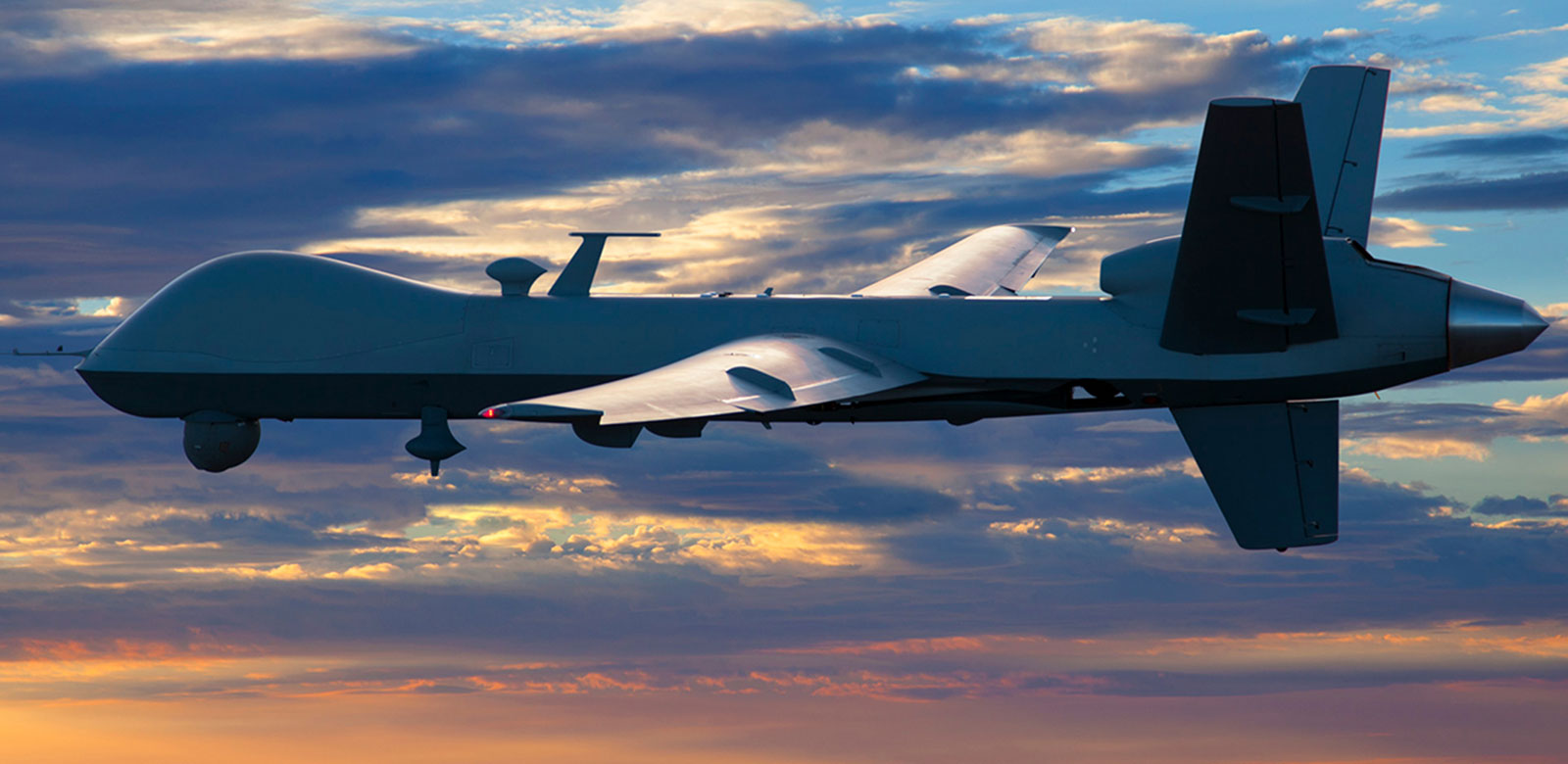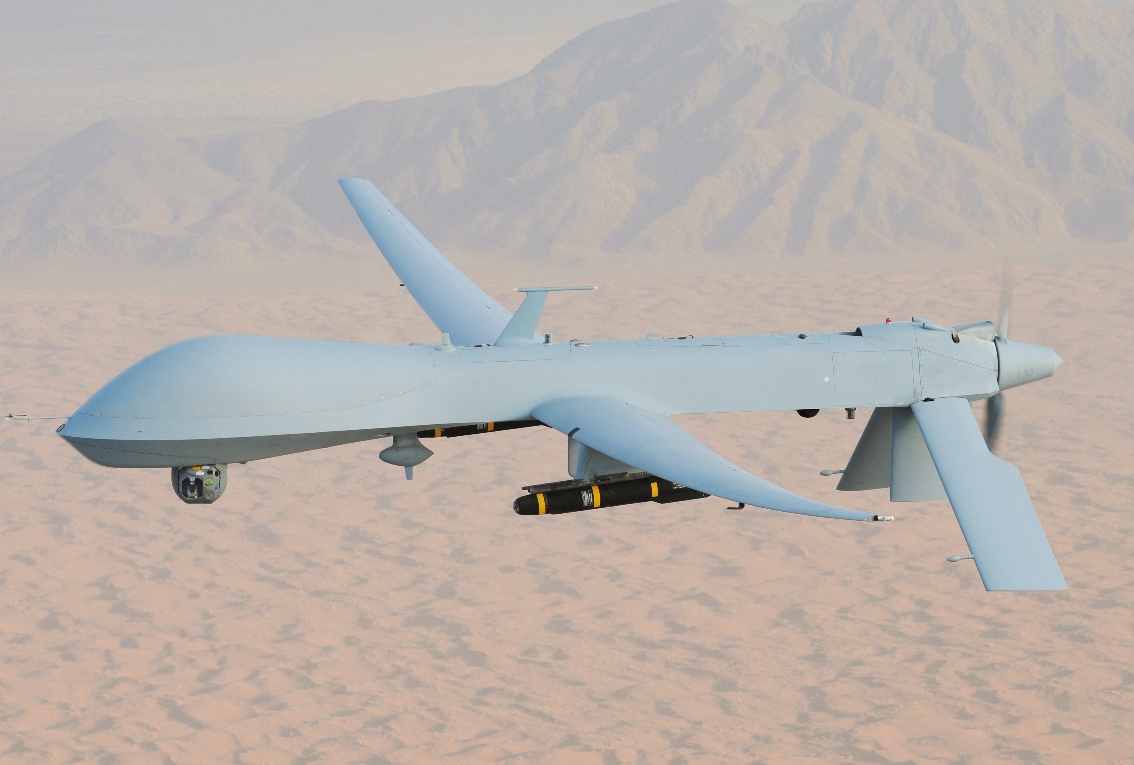India is inching close to acquire the General Atomics MQ-9 Reaper Drone, arguably the most lethal combat unmanned combat aerial vehicle (UCAV) in the US military’s arsenal. Also called Predator B, the MQ-9 Reaper has eliminated many high-profile targets in the Middle East.
Earlier, as EurAsian Times reported, India has started receiving Russia’s most-advanced S-400 missile defense system while the complete delivery of 36 French Rafale fighters is expected to be completed by April 2021.
Currently, Indian armed forces operate two MQ-9B SeaGuardian drones leased from the US. And New Delhi is pursuing an agreement to procure 30 more with 10 each going to the Indian Army, the Navy and the Air Force.
On November 15, a meeting of India’s Defence Procurement Board (DPB) was chaired by Defense Secretary Ajay Kumar. And it is believed more discussions would be required before a decision is made on these drones.
Once cleared by the DPB, the proposal will be taken up by the Defence Acquisition Council (DAC) which is chaired by India’s Defense Minister Rajnath Singh. If the proposal is approved by the Defence Ministry level, it will move to the Cabinet Committee on Security chaired by the Prime Minister.

The deal, if approved, will cost India $3 billion. Speculation is rife that the purchase of MQ-9 Reapers could be announced in the upcoming 2+2 meet between the foreign and defense ministers of India and the US.
In 2020, India had leased the SeaGuardian variant of the MQ-9 Reapers for maritime awareness and surveillance purposes. Impressed with its operational performance, the armed forces signed a contract for the procurement of 30 MQ-9 drones, 10 for each service, according to The Eurasian Times. The Air Force variant is called MQ-9B SkyGuardian.
However, it has been in limbo owing to cost and process-related hurdles. Now, with the lease of the two drones expiring and the Indian Navy stressing the need to induct these drones, the approval is expected to come through soon.
MQ-9 Reaper – A Lethal Drone
The MQ-9 Reaper is capable of both remotely-controlled operation and autonomous flights. A successor to the MQ-1 Predator, which was primarily used for Intelligence, Reconnaissance and Surveillance (IRS), the MQ-9 is a hunter-killer drone.
It has been designed for long endurance and high altitudes. It has a unique capability to perform strike, coordination, and reconnaissance against high-value, transient, and time-sensitive targets due to its substantial loiter duration, wide-range sensors, multi-mode communications suite, and precise weaponry.
The MQ-9 Reaper drone has an external weapons payload capacity of over one ton, which allows it to carry as much as four Hellfire missiles along with two 227-kilogram bombs while on the same mission, The EurAsian Times previously reported.
The Reaper has a fully functional system that consists of numerous sensor/weapon-equipped aircraft, a ground control station, the Predator Primary Satellite Link, and spare equipment, as well as operations and maintenance people.

It can be deployed for 24 hours as it can perform a variety of missions including ISR, close air support, combat search and rescue, precision strike, buddy-laser, convoy/raid overwatch, route clearing, target development, and terminal air guidance.
It is larger and more powerful than the Predator and is meant to execute time-sensitive targets with precision and tenacity, as well as to destroy or disable them. The ‘M’ stands for multi-role, while the ‘Q’ stands for remotely piloted aircraft system, according to the US Department of Defense. It is the ninth in a series of remotely piloted aircraft systems, as indicated by the ‘9’.
These drones which were commissioned in 2007 have been extensively used by the United States Air Force for precision targeting such as for conducting strikes in the Iraq war and in Afghanistan. The US also used MQ-9 to assassinate top Iranian military officer Qasem Soleimani, the chief of Islamic Revolutionary Guard Corps, in 2020 on the directive of the then-American President Donald Trump.
India’s Bid To Acquire MQ-9 Reaper Drones
Although the US has supplied the MQ-9 Reaper only to NATO allies, India has won its confidence to acquire the drones. Washington had declared India a Major Defence Partner in 2016 and India signed all the four foundational agreements with it, making the country eligible for the purchase.
The primary requirement to utilize the Reaper is sharing of classified military technology, something that the agreements ensure.
During his US visit in September, Prime Minister Narendra Modi had met General Atomics CEO, Vivek Lall. The latter was quoted as saying by PTI that a “dedicated drone hub can be created in India to support the entire ecosystem of drones”.
India is an obvious choice for the Reaper contract because it is a cornerstone of America’s Indo-Pacific policy in Asia. With China’s adventurism in the South China Sea and its growing presence in the Indian Ocean Region, arming India with cutting-edge technology becomes imperative. The Reapers will allow India to perform IRS operations and maintain vigil over its seas.

India has been making comprehensive efforts to modernize its Navy and enhance its maritime presence with China constantly arming the Pakistan military with the latest arms and equipment.
The Reaper drones are expected to enhance the Indian Navy’s capability, when they are used alongside the P-8I maritime patrol aircraft, also an American-made platform.
The Reaper will allow India to conduct surveillance and strike hostile ships and other assets that pose a threat to its security. The Reapers will be nothing short of a game-changer for India, according to military analysts.
- Contact the author at sakshi.tiwari9555@gmail.com
- Follow EurAsian Times on Google News




